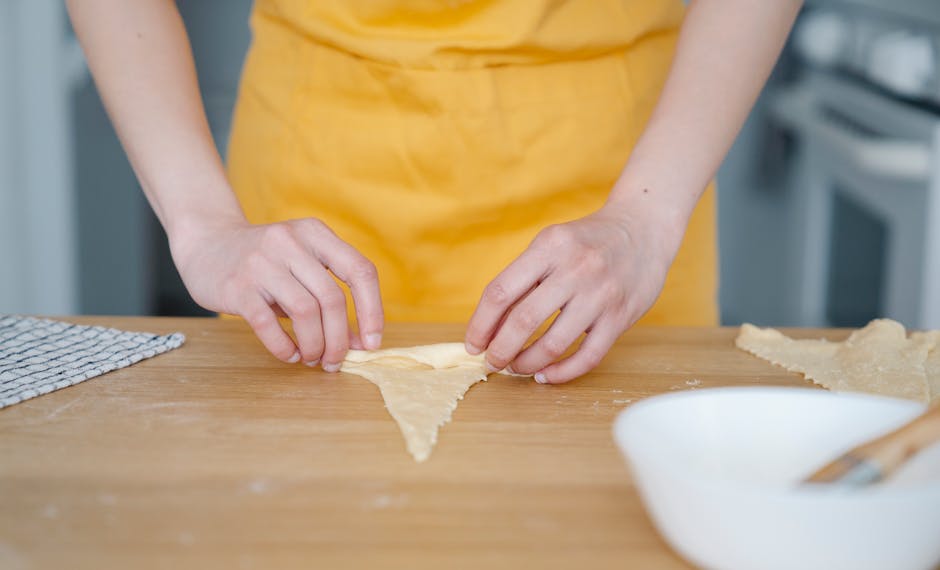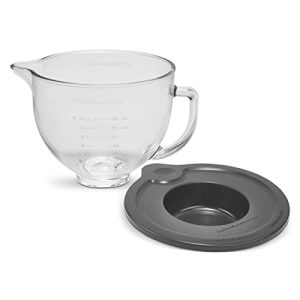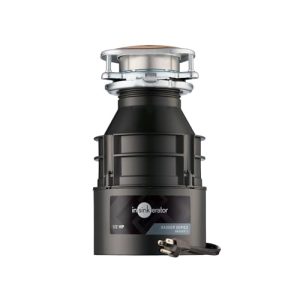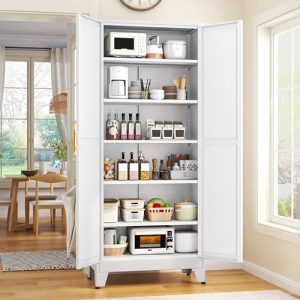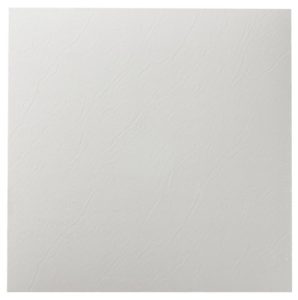Are you ready to give your kitchen a fresh, stylish upgrade? Installing an apron kitchen sink can instantly transform the look and feel of your space.
But if you’re worried it might be too complicated or messy, don’t be. This guide will walk you through every step, making the process simple and manageable—even if you’re new to DIY projects. By the end, you’ll know exactly how to install your apron sink with confidence and ease.
Let’s get started and turn your kitchen into the heart of your home!
Choosing The Right Apron Sink
Choosing the right apron kitchen sink shapes your kitchen’s look and function. It affects cleaning ease, durability, and style harmony. Consider material, size, and style for the best fit.
Material Options
Apron sinks come in various materials. Each offers unique benefits and drawbacks.
- Stainless Steel:Durable, easy to clean, and resists stains. It fits modern kitchens well.
- Fireclay:Smooth, shiny, and strong. It resists chips and scratches.
- Cast Iron:Heavy and durable. Often coated with enamel for a glossy finish.
- Composite Granite:Made from crushed stone and resin. It is scratch-resistant and looks natural.
- Copper:Adds warmth and uniqueness. It develops a patina over time.
Choose a material that matches your kitchen use and style.
Size And Style Considerations
The sink size must fit your countertop and cabinet. Measure your space carefully.
- Standard apron sinks range from 24 to 33 inches wide.
- Consider single, double, or triple bowl designs for your needs.
- Depth matters for washing large pots and pans comfortably.
- Styles vary from traditional to farmhouse to modern sleek.
- Choose a front panel design that matches your kitchen décor.
Balance size and style for a functional and attractive kitchen sink.
Gathering Necessary Tools And Materials
Before you dive into installing your apron kitchen sink, gathering the right tools and materials is crucial. Having everything at hand saves time and spares you the frustration of unexpected trips to the hardware store. It also ensures the installation goes smoothly and safely.
Tools Checklist
- Adjustable wrench– for tightening plumbing connections
- Pipe wrench– helps with stubborn pipes
- Jigsaw or hole saw– needed if you have to cut into your countertop
- Screwdriver set– both flathead and Phillips for various screws
- Caulking gun– to apply sealant around the sink edges
- Measuring tape– accuracy is key for fitting
- Level– to ensure your sink sits perfectly even
- Bucket– to catch any water drips during removal or installation
- Utility knife– for trimming caulk or cutting underlayment
Think about your last DIY project. Did you ever start without all your tools ready? It probably slowed you down. Getting these tools ready before starting helps you avoid those hiccups.
Materials Needed
- Apron sink– make sure it fits your countertop and cabinet space
- Faucet and drain assembly– check compatibility with your new sink
- Plumber’s putty or silicone sealant– to create watertight seals
- Mounting clips and hardware– often included with the sink but double-check
- Supply lines– new flexible lines can prevent leaks
- Plumbing tape (Teflon tape)– wraps around threaded connections to prevent leaks
Have you measured your existing plumbing setup? Sometimes, supply lines or drain pipes need replacing to fit the new sink properly. Planning ahead by gathering all necessary materials helps you avoid costly delays.
Preparing The Installation Area
Preparing the installation area is a crucial part of fitting your new apron kitchen sink. It ensures a smooth installation process and prevents future issues like leaks or misalignment. Taking the time to properly prepare will save you headaches down the line and keep your kitchen looking flawless.
Removing Existing Sink
Start by turning off the water supply to avoid any spills. Disconnect the plumbing carefully, loosening the nuts and pipes connected to your old sink. You might need a wrench or pliers, so have those ready.
Once disconnected, check for any mounting clips or fasteners holding the sink in place. Gently pry the sink away from the countertop, taking care not to damage surrounding surfaces. If the sink is sealed with caulk, use a utility knife to cut through it cleanly.
Have a sturdy helper if the sink is heavy. Removing the old sink can be surprisingly tricky, especially in tight spaces. Does your countertop show any signs of damage or wear after removal? That’s a good hint that more prep work is necessary before moving forward.
Cleaning The Countertop
After the old sink is out, your countertop needs a thorough cleaning. Remove any leftover caulk, adhesive, or grime with a putty knife and a gentle cleaner. This step ensures your new sink will sit flush and seal properly.
Inspect the surface closely for chips, cracks, or uneven areas. Sand down any rough spots using fine-grit sandpaper to create a smooth base. A clean, level countertop makes all the difference in how well your apron sink fits and performs.
Finally, wipe the area with a damp cloth and let it dry completely. Moisture can interfere with adhesives and seals, so don’t rush this part. What condition is your countertop in? If it looks worn, consider refinishing or reinforcing it before installing the new sink.
Installing The Apron Sink
Installing the apron sink is a task that demands precision and patience. This type of sink, known for its exposed front and deep basin, requires careful handling to ensure it fits perfectly and stays secure. Let’s look at how to position and secure your apron sink effectively.
Positioning The Sink
Start by carefully placing the sink into the cutout of your countertop. Check that the front apron aligns flush with the edge of the cabinet. You want the sink to sit evenly without any gaps or tilting.
Double-check the level using a carpenter’s level tool. If it’s off even slightly, water could pool or run unevenly, causing future problems. Adjust the sink by adding or removing shims beneath it until it sits perfectly flat.
Think about your plumbing connections at this stage. Does the sink line up well with the drain pipes and water supply? It’s easier to make small adjustments now rather than after securing the sink.
Securing The Sink To The Countertop
Once positioned correctly, it’s time to secure the sink. Most apron sinks come with mounting clips or brackets—make sure you have these ready. Attach them firmly to the underside of the countertop, pulling the sink tight against the cabinet.
Apply a bead of silicone sealant around the edge where the sink meets the countertop. This prevents water from seeping underneath and damaging your cabinetry. Allow the sealant to dry fully before moving on.
Finally, inspect the sink for any movement by gently pushing on the edges. It should feel solid and unmoving. If it shifts, tighten the clips further or add extra support where needed.
Connecting Plumbing Fixtures
Connecting plumbing fixtures to your apron kitchen sink is a crucial step that ensures everything works smoothly and without leaks. It’s more than just tightening a few nuts; it’s about creating a secure and lasting connection. If you’ve ever dealt with a stubborn drip under the sink, you know how important a proper setup is.
Attaching The Faucet
Start by positioning the faucet over the mounting holes on your sink. Make sure the rubber gasket or plumber’s putty is in place to prevent water from leaking underneath. Tighten the mounting nuts securely but avoid over-tightening, which can damage the sink or faucet.
Next, connect the water supply lines to the faucet. Hand-tighten the connections, then use a wrench to give them a firm final turn. Check if your supply lines have washers inside; these help create a better seal. If you hear any creaks or see water pooling after turning the water back on, reassess your connections.
Connecting The Drain
Begin by applying plumber’s putty around the underside of the drain flange to create a watertight seal. Insert the drain body into the sink’s drain hole, pressing firmly to seat it properly. From underneath, attach the rubber gasket and mounting nut to secure the drain.
Attach the P-trap to the drain tailpiece and the waste pipe. Hand-tighten the slip nuts, then check for alignment. Misalignment is a common cause of leaks, so ensure everything lines up before final tightening.
Have you ever noticed a slow drain or water pooling under the sink? That’s often a sign that the P-trap isn’t connected correctly. Testing for leaks by running water and inspecting connections is a simple way to avoid future problems.
Sealing And Finishing Touches
Sealing and finishing touches protect your apron kitchen sink and keep water from damaging cabinets. Proper sealing prevents leaks and extends the sink’s life. It also gives a clean, polished look to your installation. Take time to apply sealant carefully and check for leaks before finishing.
Applying Sealant
Choose a waterproof silicone sealant made for kitchens. Apply a thin, even bead of sealant along the edges where the sink meets the countertop. Use a caulking gun for smooth application. Smooth the sealant with a wet finger or a caulk tool. This helps seal gaps and creates a neat finish. Wipe away any excess sealant before it dries. Let it cure according to the sealant instructions, usually 24 hours.
Checking For Leaks
Turn on the water and fill the sink basin. Watch all connections under the sink for drips or moisture. Check around the sealant line for any gaps or cracks. Use a dry cloth to spot hidden leaks. Tighten any loose fittings if you find leaks. Repeat the test after tightening to confirm no water escapes. Fix problems before the sealant fully cures to avoid damage.
Maintenance Tips For Apron Sinks
Maintaining an apron kitchen sink keeps it looking fresh and working well. Regular care stops damage and extends the sink’s life. Simple daily habits protect your investment and keep your kitchen neat.
Regular Cleaning Practices
Clean the sink after each use to avoid buildup. Use mild soap and warm water with a soft cloth. Avoid harsh chemicals that can harm the surface. Rinse thoroughly and dry with a clean towel. Wipe the edges and corners where grime collects. A weekly deep clean helps remove tough stains and grease.
Preventing Stains And Scratches
Use a sink mat or grid to protect the bottom surface. Avoid dropping heavy pots or sharp objects directly inside. Wipe spills quickly, especially acidic foods like lemon or vinegar. Regularly polish stainless steel or other metal finishes. For stone or composite sinks, use recommended cleaners only. Always test new products on a small area first.
Frequently Asked Questions
What Tools Are Needed To Install Apron Kitchen Sinks?
You need a jigsaw, drill, wrench, plumber’s putty, silicone sealant, measuring tape, and clamps for installation. These tools ensure a precise and secure fit.
How Do I Prepare The Countertop For An Apron Sink?
Measure and mark the sink cutout accurately. Use a jigsaw to cut the hole. Smooth edges with sandpaper to prevent damage.
Can I Install An Apron Sink Myself?
Yes, with basic plumbing skills and proper tools, you can install it yourself. Follow manufacturer instructions carefully for best results.
How Do I Seal An Apron Kitchen Sink Properly?
Apply a bead of silicone sealant around the sink’s edge. Press the sink firmly to the countertop. Wipe excess sealant for a neat finish.
Conclusion
Installing an apron kitchen sink can improve your kitchen’s look and function. Follow the steps carefully for a secure fit. Take your time to measure and align the sink properly. Use the right tools and materials to avoid leaks or damage.
Don’t rush the process; patience leads to better results. Once installed, the sink adds style and convenience. Enjoy your new apron sink and the fresh kitchen feel it brings. Simple steps, great results.

Sophie Hartwell is the founder of KitchenQuik.com, where she shares kitchen tips, smart cooking hacks, and the best product picks to make everyday cooking easier and more enjoyable.
